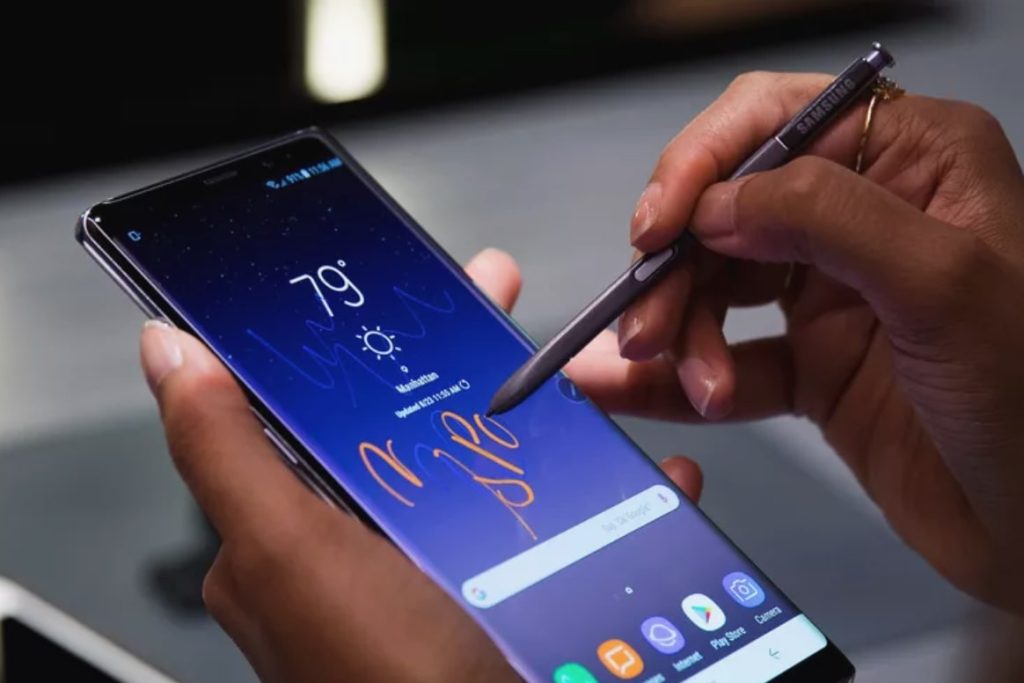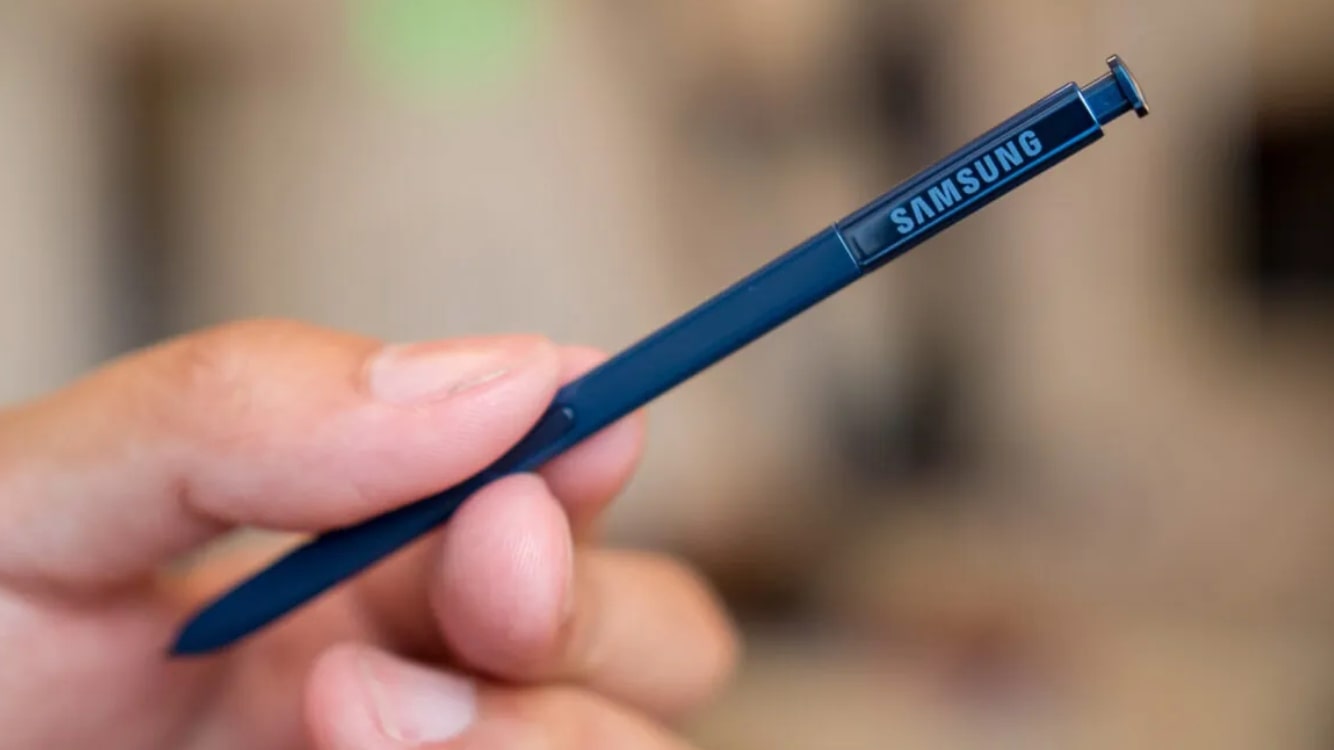The S Pen is a cool tool that lets you interact more with your Samsung Galaxy Phones and Tablets but sometimes it stops working right. This can happen for many reasons like software problems, the pen needing recalibration, the nib being worn out, or just dirt blocking its path.
To fix it, you might need to update your device’s software, adjust the S Pen settings, change the nib, or clean the pen and where it goes in the device.
Keeping an eye on these things and taking care of your S Pen regularly can help avoid most issues, making sure it works well and lasts a long time. This way, you get the most out of your device and enjoy using it more.
Reasons and Solutions When S Pen is Not Compatible with Your Galaxy Devices

1. Bluetooth Connection Issues
Reason: The S Pen requires a stable electromagnetic connection to function correctly. Issues arise when interference or distance disrupts this connection, leading to the pen not being recognized by the screen or responding inaccurately.
Solution: Ensure the S Pen is closely aligned with your device’s screen and free from obstructions. Regularly reinsert the pen into its slot to reset the connection, and keep it within its effective operational range. Avoid using the pen near strong electromagnetic sources to maintain a stable connection.
2. Physical Obstructions
Reason: Physical barriers, such as thick cases or unsuitable accessories, can significantly impede the S Pen’s communication with your device. These obstructions can weaken the electromagnetic field between the pen and the device’s screen, leading to reduced sensitivity, misalignment, or complete non-responsiveness of the S Pen.
Solution: To ensure optimal S Pen functionality, remove any cases, covers, or accessories that might be causing interference. Test the S Pen’s responsiveness directly on the device’s screen without any barriers.
Opt for S Pen-compatible cases that are designed to accommodate the pen’s functionality without hindering its performance. Regularly inspect your device and the S Pen’s surroundings to ensure no obstructions could affect its operation.
3. Incorrect S Pen Settings
Reason: Incorrectly configured settings might disable essential S Pen features or alter their behavior, leading to a non-functional or erratic stylus. This can happen after updates, resets, or changes in the device’s preferences that inadvertently affect the S Pen’s operational settings.
Solution: Thoroughly review and adjust the settings to ensure that all intended features are enabled and configured correctly. If the issue persists, consider resetting the S Pen’s settings to their default state, which can often resolve hidden configuration problems.
Regularly check for software updates, as they can sometimes rectify known issues and improve the S Pen’s compatibility and performance.
4. Incorrect Device Settings
Reason: Incorrect configuration of your device’s settings can lead to the S Pen’s features being limited or disabled. This situation might occur after a software update, a system restore, or manual adjustments in the settings that inadvertently affect the S Pen’s operation.
The device might not recognize the stylus, or certain functionalities like air commands, note-taking, or drawing capabilities could become unavailable or erratic, severely hindering the user experience.
Solution: To resolve these issues, thoroughly inspect the S Pen settings on your device. This can typically be done by going to the settings menu, selecting ‘Advanced features,’ and then tapping on Pen.’ Make sure all desired features are enabled and configured correctly.
If problems persist, resetting the S Pen settings to their default state may help; this option can usually be found in the same settings menu. This reset can clear any glitches or errors in the configuration, restoring full functionality to the S Pen.
Always ensure your device’s software is up-to-date, as updates often include fixes that enhance the S Pen’s performance and compatibility.
5. Calibration Issues with the S Pen
Reason: Proper calibration ensures that the pen’s input accurately corresponds to the intended actions on the screen. When calibration is off, it can lead to issues like incorrect cursor placement, poor linearity, or erratic responses, which disrupt the seamless interaction between the S Pen and the device.
Solution: Utilize the calibration tool provided, following the on-screen instructions carefully to adjust the S Pen’s alignment and sensitivity. This process usually involves drawing or tapping on specific points on the screen to realign the S Pen’s input accuracy with the display’s output. Regular calibration ensures the S Pen maintains high precision and responsiveness, enhancing your overall device interaction experience.
6. Software Compatibility Issues
Reason: Not all apps are optimized to support the S Pen’s unique features, such as pressure sensitivity, tilt recognition, and precise input. When an app is not tailored to accommodate these functionalities, users might experience lag, jittery lines, unresponsiveness, or other erratic behaviors.
This discrepancy can lead to a frustrating user experience, especially in apps that require the high precision and responsiveness the S Pen is known for, such as note-taking, drawing, or professional design applications.
Solution: To mitigate these issues, regularly update your applications to the latest versions, as developers often release updates that improve S Pen compatibility and performance. Check the app descriptions and reviews for mentions of S Pen support or specific S Pen features.
If you encounter persistent issues, consider reaching out to the app’s support team to inquire about planned enhancements or to report your experience. explore other apps known for their robust S Pen integration.
The Samsung Galaxy Store and other app platforms often feature collections of apps optimized for the S Pen, ensuring users can maximize the stylus’s capabilities across a variety of tasks and workflows.
7. Software Glitches
Reason: These glitches may stem from system bugs, outdated software, or conflicts between the S Pen’s functionality and third-party apps. Such issues can manifest as erratic behavior, unresponsiveness, or intermittent functionality of the S Pen.
The root of these problems often lies in the device’s operating system or incompatibilities with specific apps that might not be optimized for the S Pen’s advanced features, leading to a frustrating user experience that undermines the efficiency and precision the S Pen is designed to provide.
Solution: Software updates often include patches that fix bugs and enhance the compatibility and performance of the S Pen. Regularly check for and install any available updates for your device and apps to ensure optimal S Pen functionality.
If you’re encountering persistent issues, try restarting your device; this can often resolve temporary software glitches by refreshing the system’s memory and processes.
Restarting can re-establish the proper functioning of the S Pen, ensuring it works smoothly with your device and apps. If problems persist after updating and restarting, consider resetting the S Pen’s settings or consulting with the device’s support services for further assistance.
8. Damaged Nib
Reason: The nib of the S Pen is engineered for precision but is delicate and susceptible to wear or damage over time. This tiny yet crucial component directly interacts with the device’s screen, and any compromise in its integrity – be it from dropping, excessive pressure, or normal wear – can significantly affect the stylus’s responsiveness.
A damaged or worn-out nib might lead to inconsistent line weights, poor sensitivity, or inaccurate input, which can frustrate users relying on the S Pen for detailed work, drawing, note-taking, or navigating their device.
Solution: Most Samsung devices that come with an S Pen also include a set of replacement nibs and a tool to easily change them. The replacement process is straightforward: gently remove the old nib with the removal tool or tweezers, ensuring not to apply excessive force, and then firmly insert the new nib into the S Pen.
This simple maintenance can significantly enhance the S Pen’s responsiveness and ensure a smooth, precise interaction with your device’s screen.
9. Accumulated Debris
Reason: The presence of dirt, dust, or debris in the S Pen’s storage slot or on the device’s screen can significantly impede the pen’s functionality. These contaminants can obstruct the delicate electromagnetic signals necessary for the S Pen to communicate effectively with the device.
Accumulated debris can lead to a lack of precision, erratic behavior, or total unresponsiveness of the S Pen. Such interference is particularly detrimental during precise tasks like drawing, writing, or navigating intricate UI elements, where accuracy is paramount.
Solution: Regularly inspect and clean the S Pen’s tip and your device’s screen using a soft, lint-free cloth. For the S Pen’s storage slot, a gentle blow of air can help remove any dust without pushing it further into the device.
If available, use a microfiber cloth to remove fingerprints, oils, and other residues from the screen, thus maintaining a clear, responsive surface. This routine maintenance can prevent signal blockage and ensure the S Pen continues to function with precision and reliability.
10. Screen Protector Interference Responsiveness
Reason: Screen protectors, especially if they are thick or of poor quality, can significantly impede the S Pen’s responsiveness. The added layer between the pen tip and the display can disrupt the precise electromagnetic signals required for the S Pen to function accurately.
This can lead to reduced touch sensitivity, lag, or even complete non-recognition of the S Pen’s inputs. Users might experience difficulty in writing, drawing, or navigating their devices, which can be particularly problematic for tasks that require precision and detail.
Solution: first remove the existing screen protector and test the S Pen directly on the device’s screen. If the S Pen’s responsiveness improves without the screen protector, consider replacing it with a thinner one or a protector specifically designed to be compatible with S Pen usage.
Conclusion
ensuring the optimal performance of your S Pen involves understanding and addressing a range of potential issues, from physical obstructions and calibration errors to software glitches and screen protector interference. By systematically troubleshooting—whether by updating software, recalibrating the device, changing the nib, or maintaining cleanliness—you can enhance the S Pen’s functionality and extend its lifespan.

